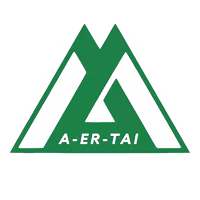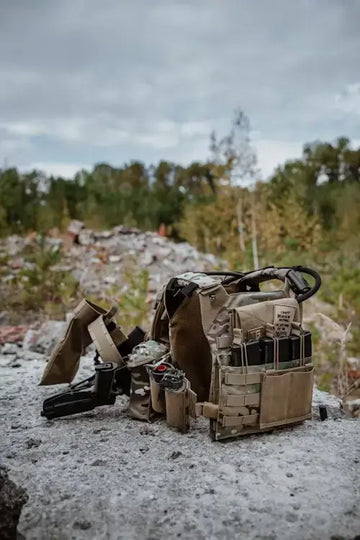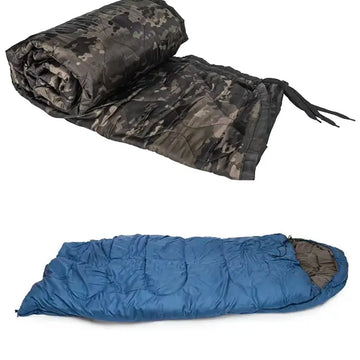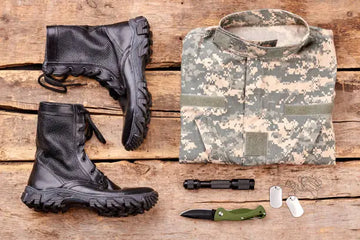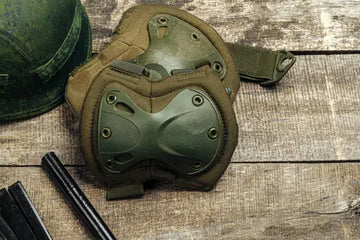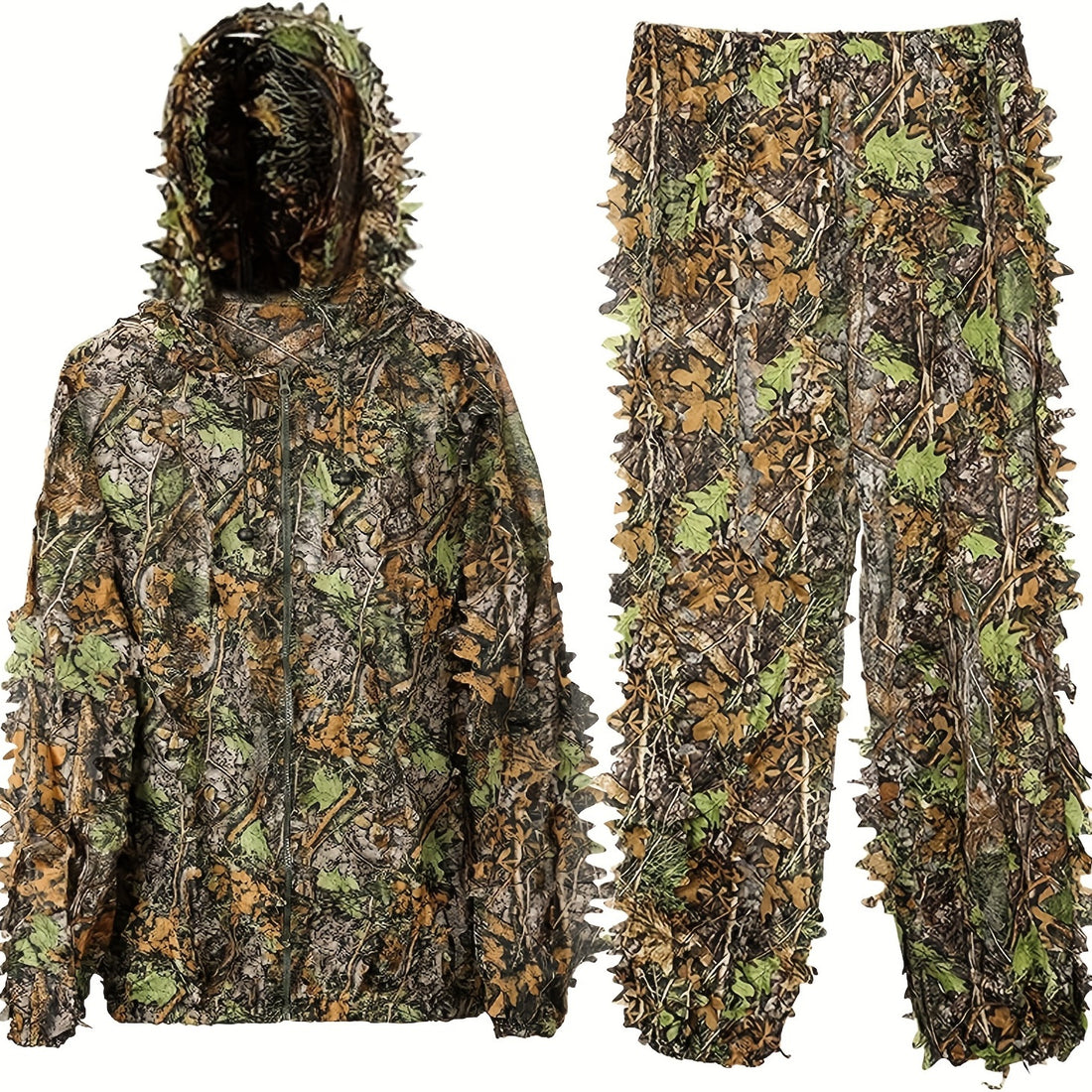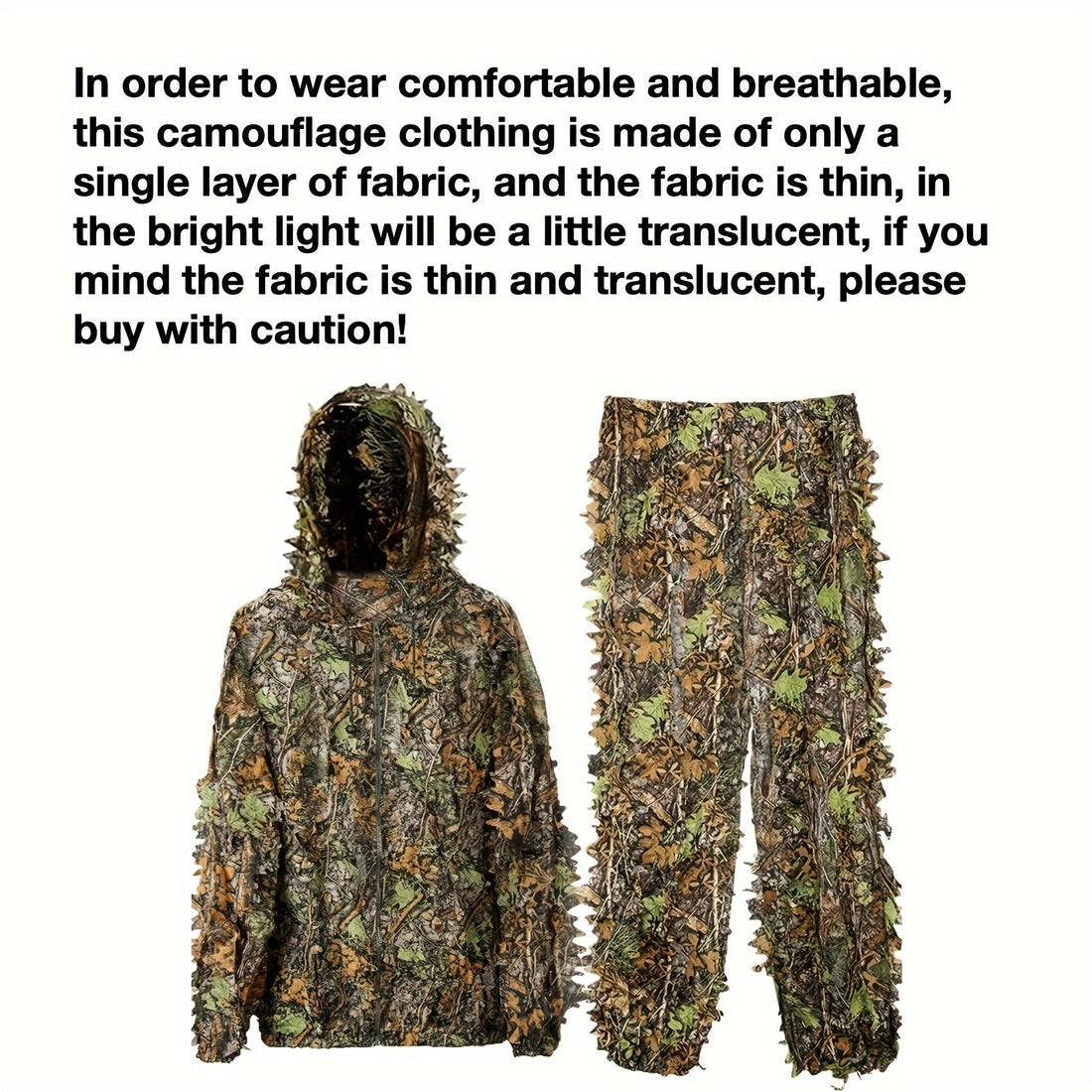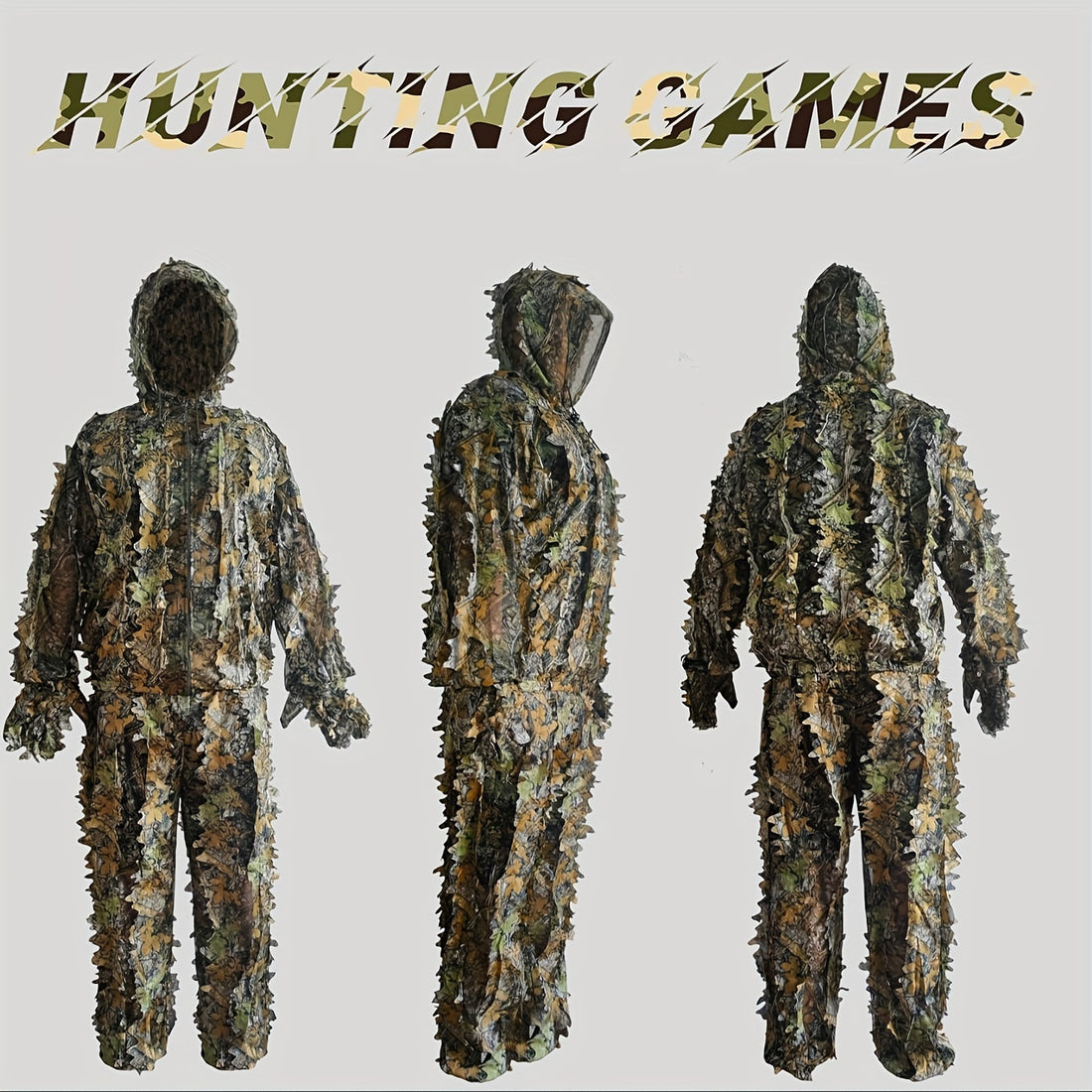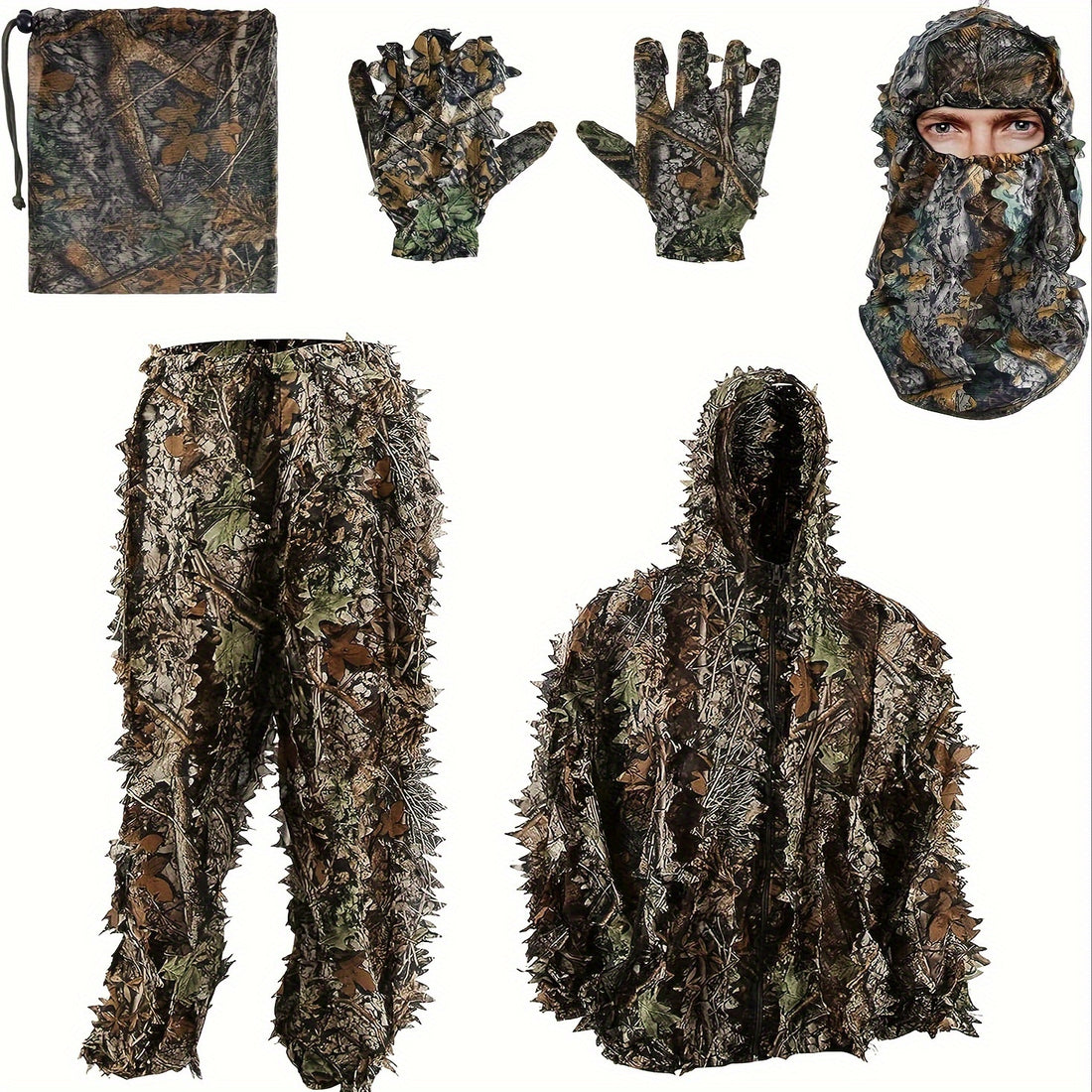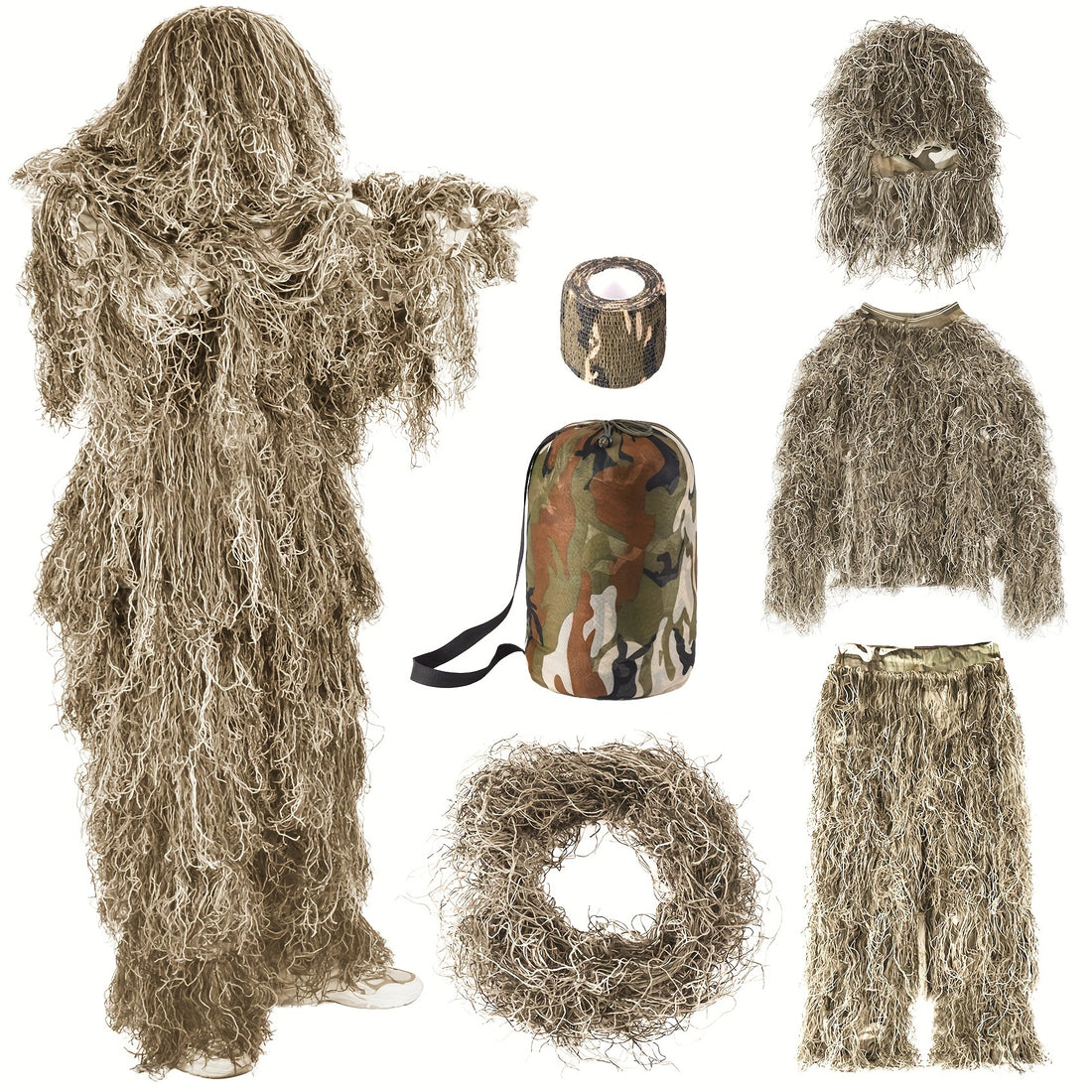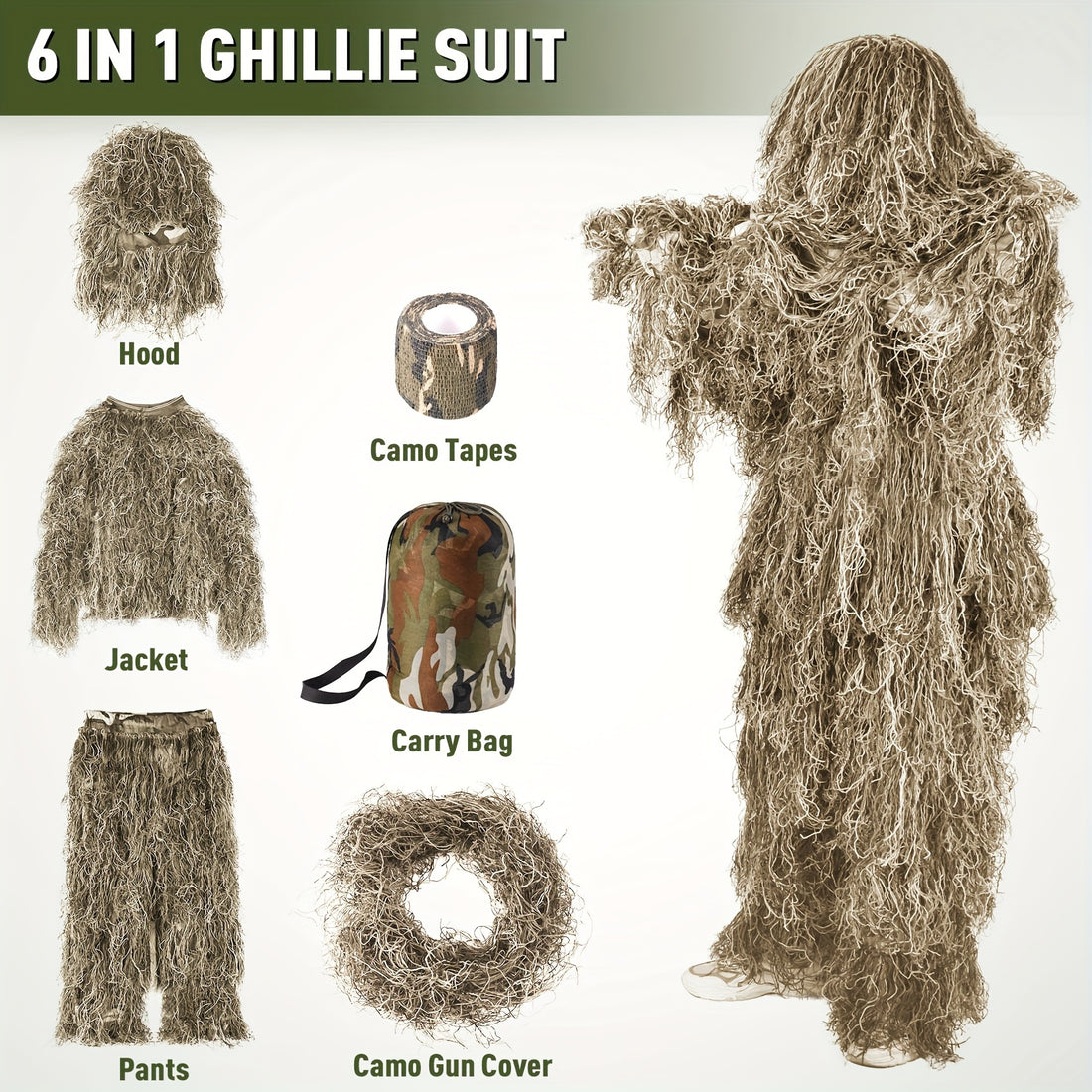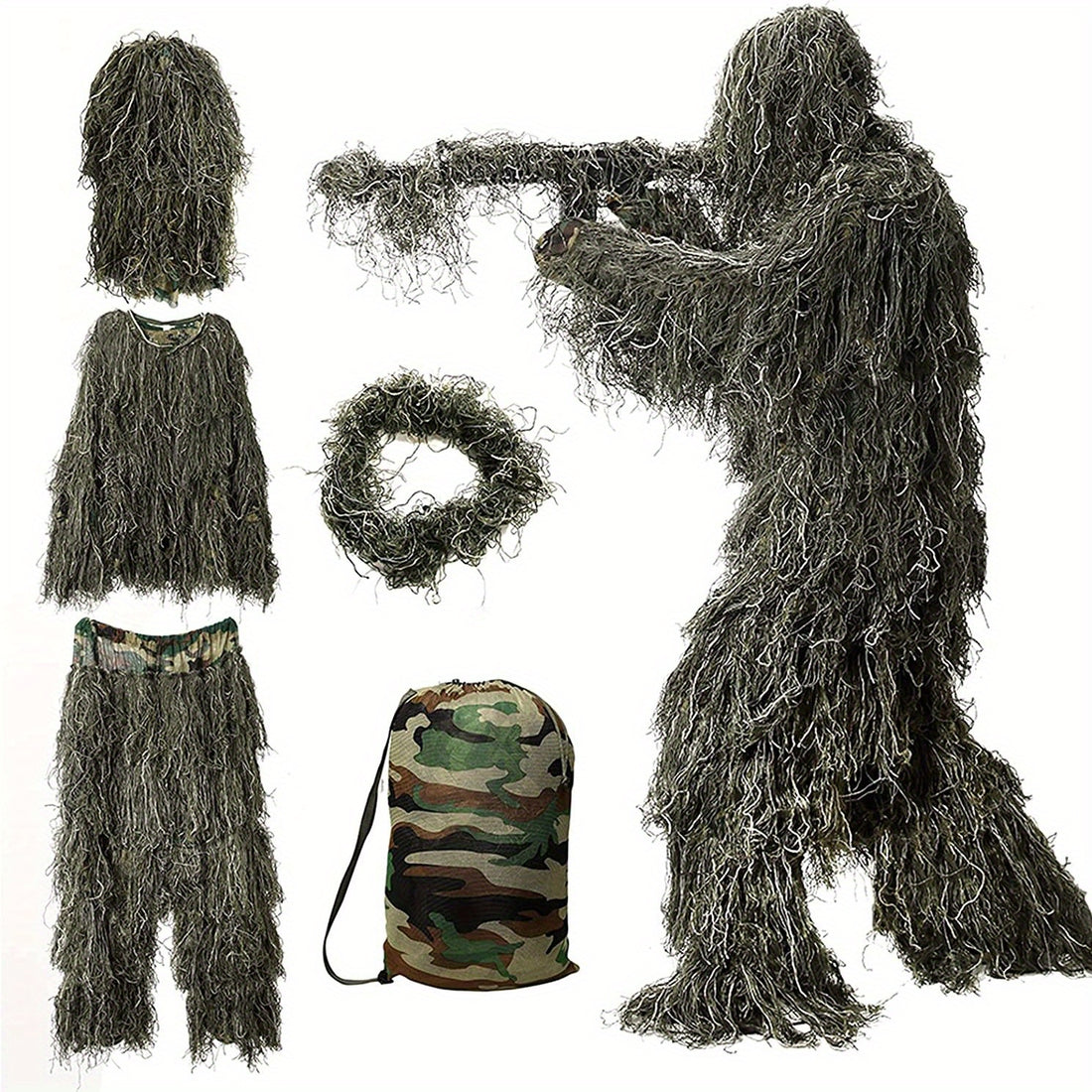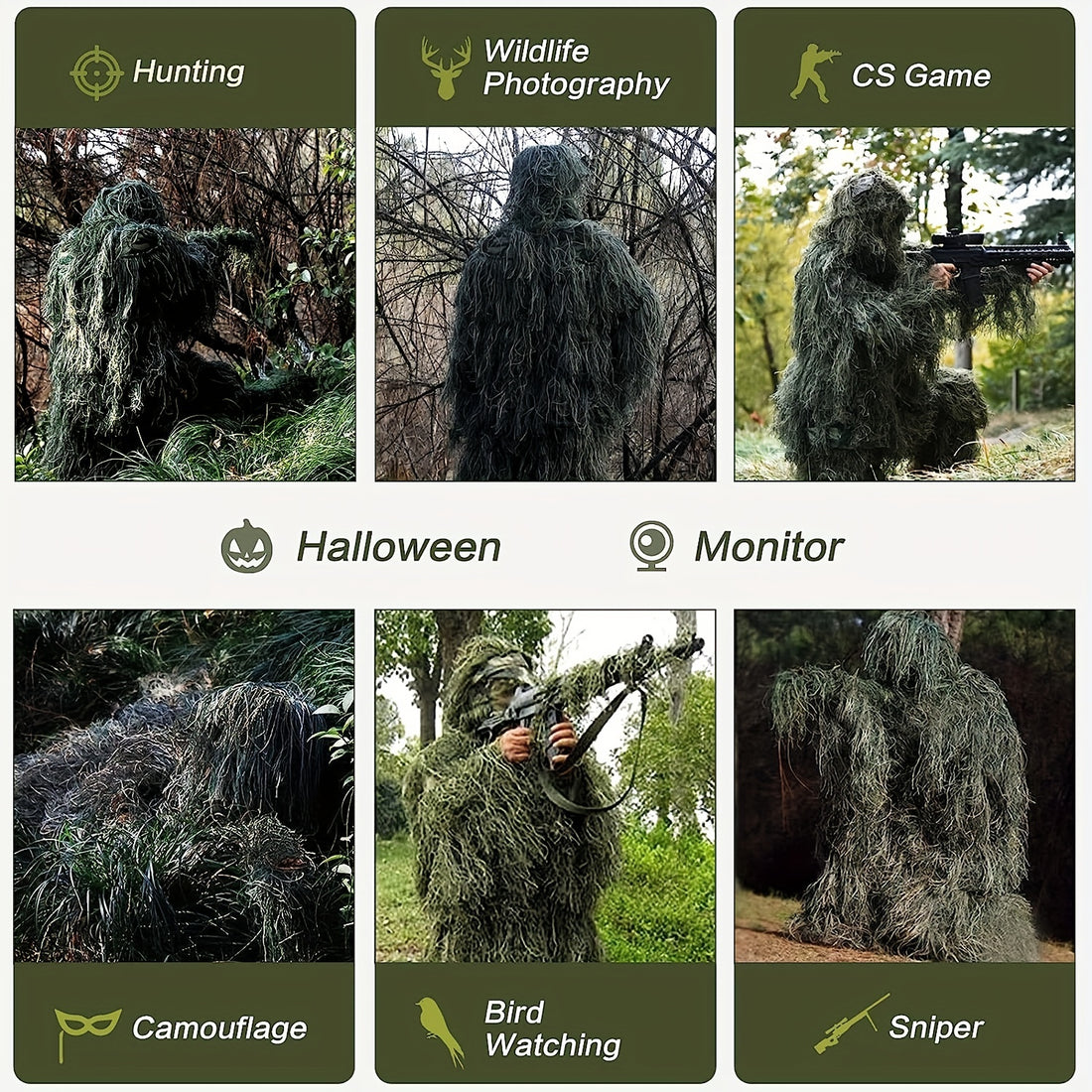The performance and longevity of tactical gear are determined by the materials from which it is constructed. For distributors, brands, and procurement officers, understanding these fabrics is helpful for evaluating quality and making informed sourcing decisions.
This guide provides an overview of the most common and trusted materials used in tactical equipment today.
A Guide to Common Tactical Gear Materials
We will explore a range of materials, from time-tested classics to modern technical textiles, detailing the properties that make each one suitable for specific applications.
1. CORDURA® Nylon
Renowned for its exceptional abrasion resistance, CORDURA® is a brand of high-tenacity nylon fabric. It is a prevalent industry standard for tactical packs, vests, and pouches due to its excellent strength-to-weight ratio and ability to withstand rigorous use. It is typically available in various deniers (e.g., 500D, 1000D) to balance durability with weight.

2. Ballistic Nylon
Originally developed for flak jackets, this fabric is characterized by a thick, tight weave. It is heavier and less flexible than CORDURA® but offers superior cut and puncture resistance. It is well-suited for heavy-duty luggage, protective cases, and reinforced areas on gear.
3. Polyester
A highly versatile and cost-effective synthetic, polyester is valued for its strength, quick-drying properties, and high resistance to UV degradation, shrinking, and mildew.
It is widely used in tactical uniforms, shirt fabrics, and the lining of packs and vests. Its ability to hold dye well makes it ideal for printed camouflage patterns.
4. Ripstop Nylon/Polyester
This refers to a weaving technique that incorporates reinforced threads in a crosshatch pattern to stop tears from propagating (spreading). Even if a small tear starts, it won’t easily get bigger. The result is a lightweight fabric that is surprisingly durable against rips and punctures.
It is commonly used in lightweight outer shells, pack liners, and tactical uniforms.
5. Oxford Nylon/Polyester
Identified by its characteristic basket-weave pattern, Oxford fabric is a durable and versatile material. It offers a good balance of strength, flexibility, and cost-effectiveness.
Often treated with a polyurethane (PU) or polyvinyl chloride (PVC) coating, it provides excellent water resistance, making it a popular choice for duffel bags, lighter-duty packs, and gear cases.
6. Kodra Nylon
Often compared to CORDURA®, Kodra is a durable nylon fabric with a distinctive cross-hatch weave pattern. It provides excellent tear strength and abrasion resistance, making it a common cost-effective alternative for demanding applications in bags, packs, and protective cases.
7. Neoprene
A synthetic rubber, neoprene is known for its excellent water resistance, flexibility, and shock absorption. It is primarily used in protective padding for knees and elbows, as well as in protective cases for sensitive equipment like optics or electronics.

8. Kevlar®
An aramid fiber, Kevlar®, is legendary for its high tensile strength and resistance to cuts and heat. While most famously used in ballistic and stab-resistant body armor, its properties also make it valuable for reinforcing high-wear areas on gear, such as in reinforced gloves or pack straps.
While Kevlar is more expensive than other materials, it’s worth the investment for those who need the best protection available.

9. GORE-TEX®
GORE-TEX® is a waterproof, breathable membrane (ePTFE) that is laminated between an outer fabric and a lining. It works by allowing water vapor (sweat) to escape while preventing liquid water from entering.
This makes it the leading choice for all-weather tactical jackets, pants, and boots.

10. Dyneema® Composite Fabric (DCF)
Formerly known as Cuben Fiber, this is a non-woven laminate known for having an exceptional strength-to-weight ratio. It is completely waterproof, highly resistant to abrasions and UV damage, and incredibly lightweight.
Its premium cost makes it suitable for the most critical, weight-sensitive applications.
11. X-Pac™
A modern laminated fabric series from Dimension Polyant, X-Pac is engineered for high performance. It combines a woven outer face with stabilizing ripstop threads and a waterproof plastic laminate, creating a fabric that is extremely strong, lightweight, waterproof, and dimensionally stable.
It is a premium choice for ultralight packs and technical outdoor gear.
12. Mesh
Typically made from polyester or nylon, mesh is an open, grid-like fabric that maximizes airflow. It is lightweight and allows air to pass through, which helps with ventilation. It is used in the back panels of packs, underarm gussets, and padding to enhance ventilation, reduce heat buildup, and improve comfort during extended wear.

Shop our tactical bags and vests
Conclusion: Selecting the Right Material for Your Needs
The right material is selected based on the specific demands of the end-user, balancing factors like durability, weight, weather resistance, and cost. From the rugged reliability of CORDURA® and canvas to the cutting-edge performance of X-Pac and Dyneema®, each fabric has a defined role in creating professional-grade equipment.
Partner with an Experienced Tactical Gear Manufacturer
We leverage over 15 years of experience to produce and customize tactical gear for distributors, brands, and large-volume buyers. Our expertise in material science ensures your products are built to the correct specifications. We offer OEM, private label, and custom manufacturing services to meet your business needs.
